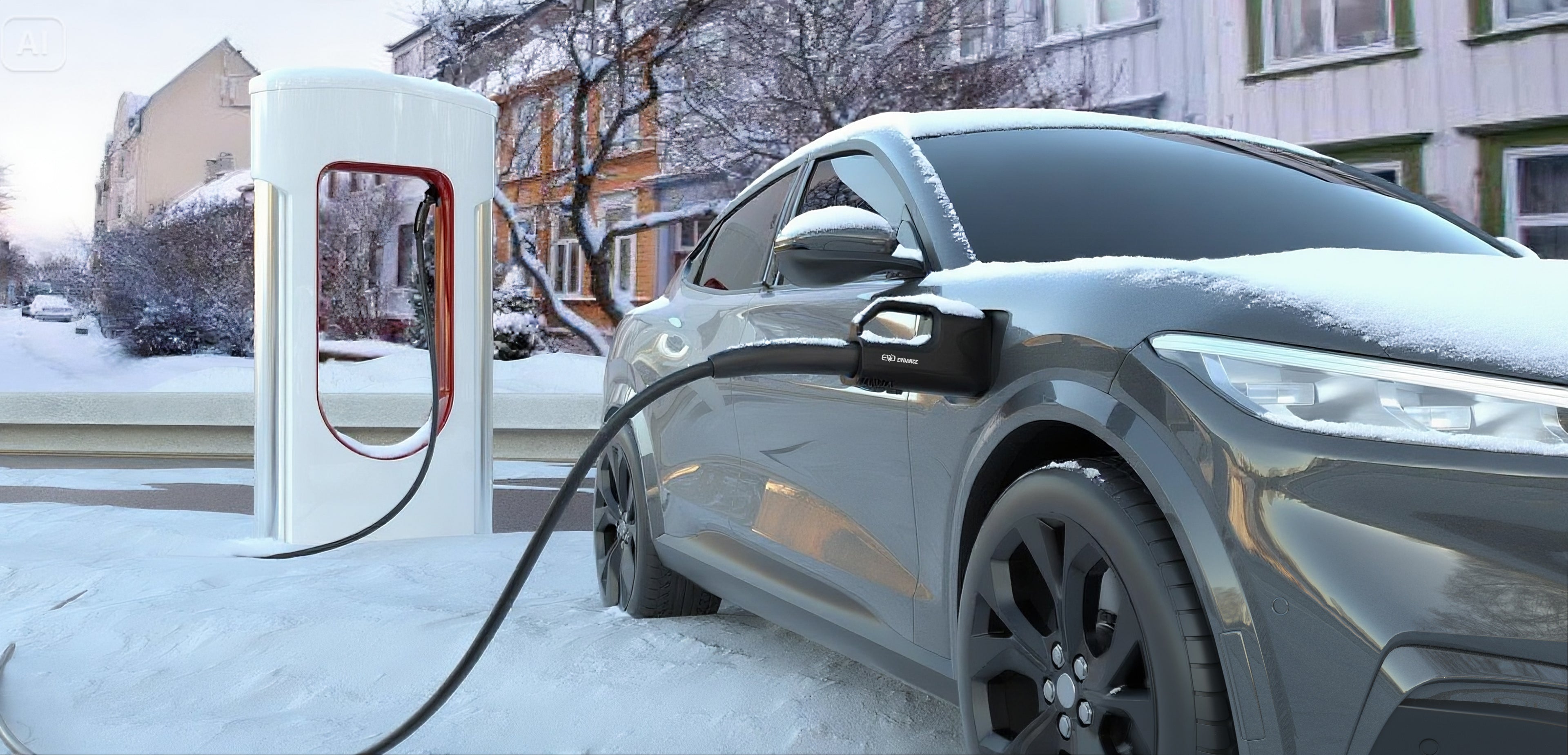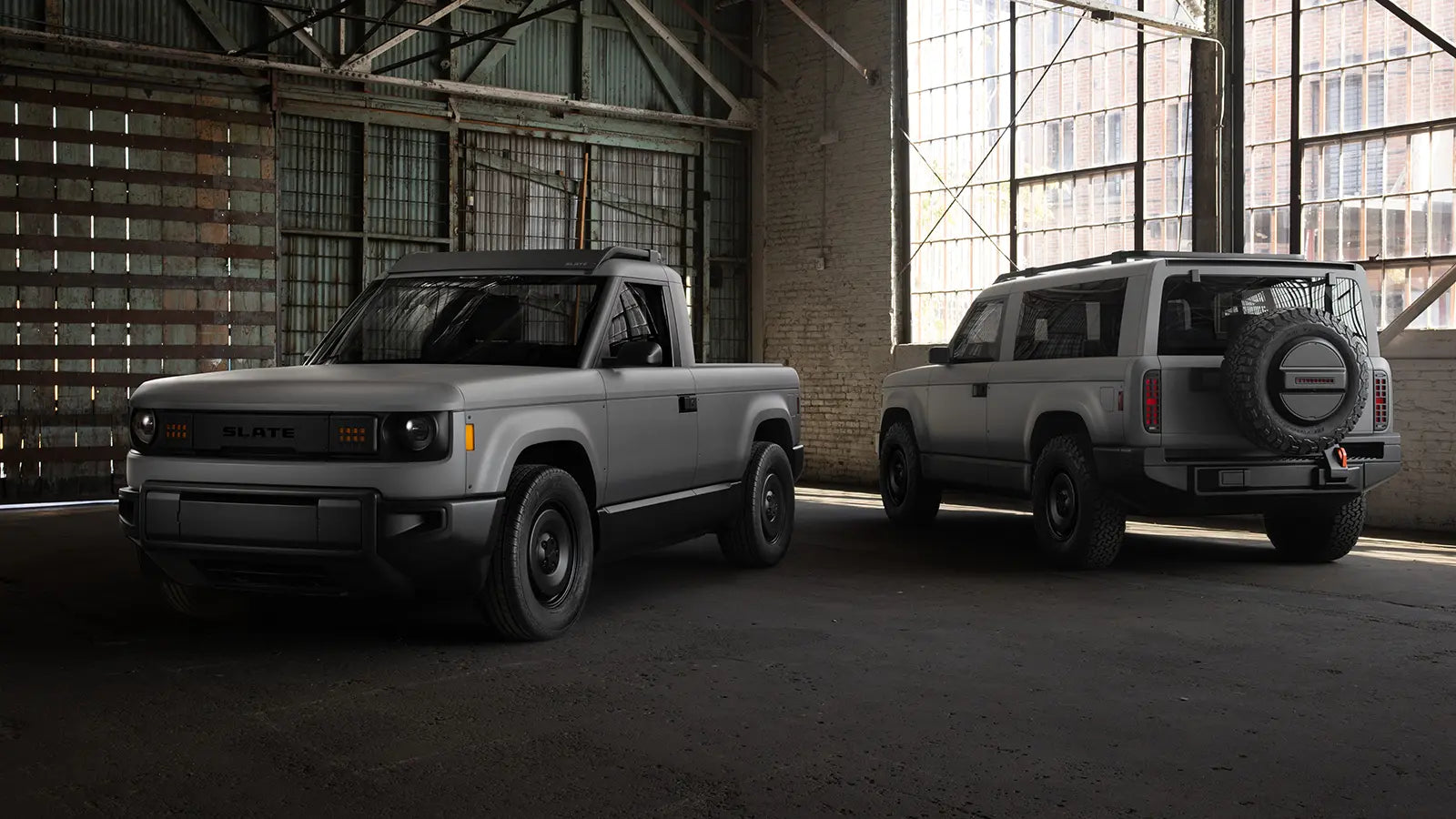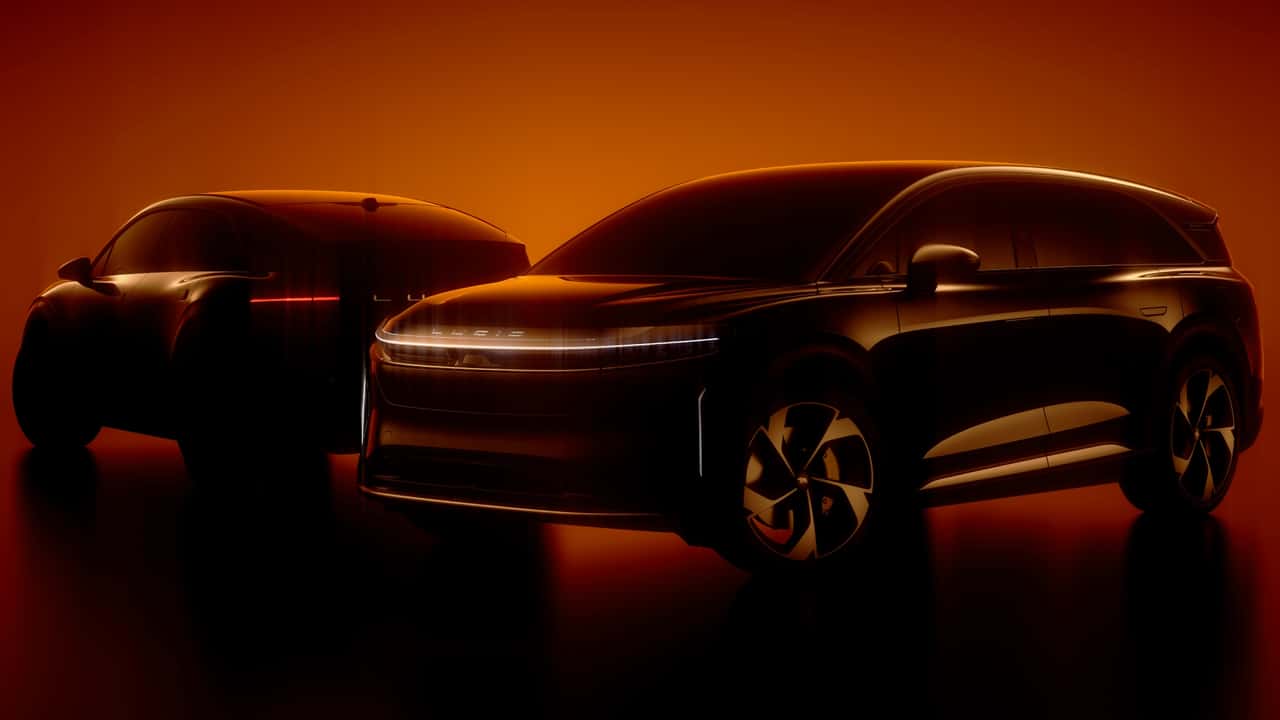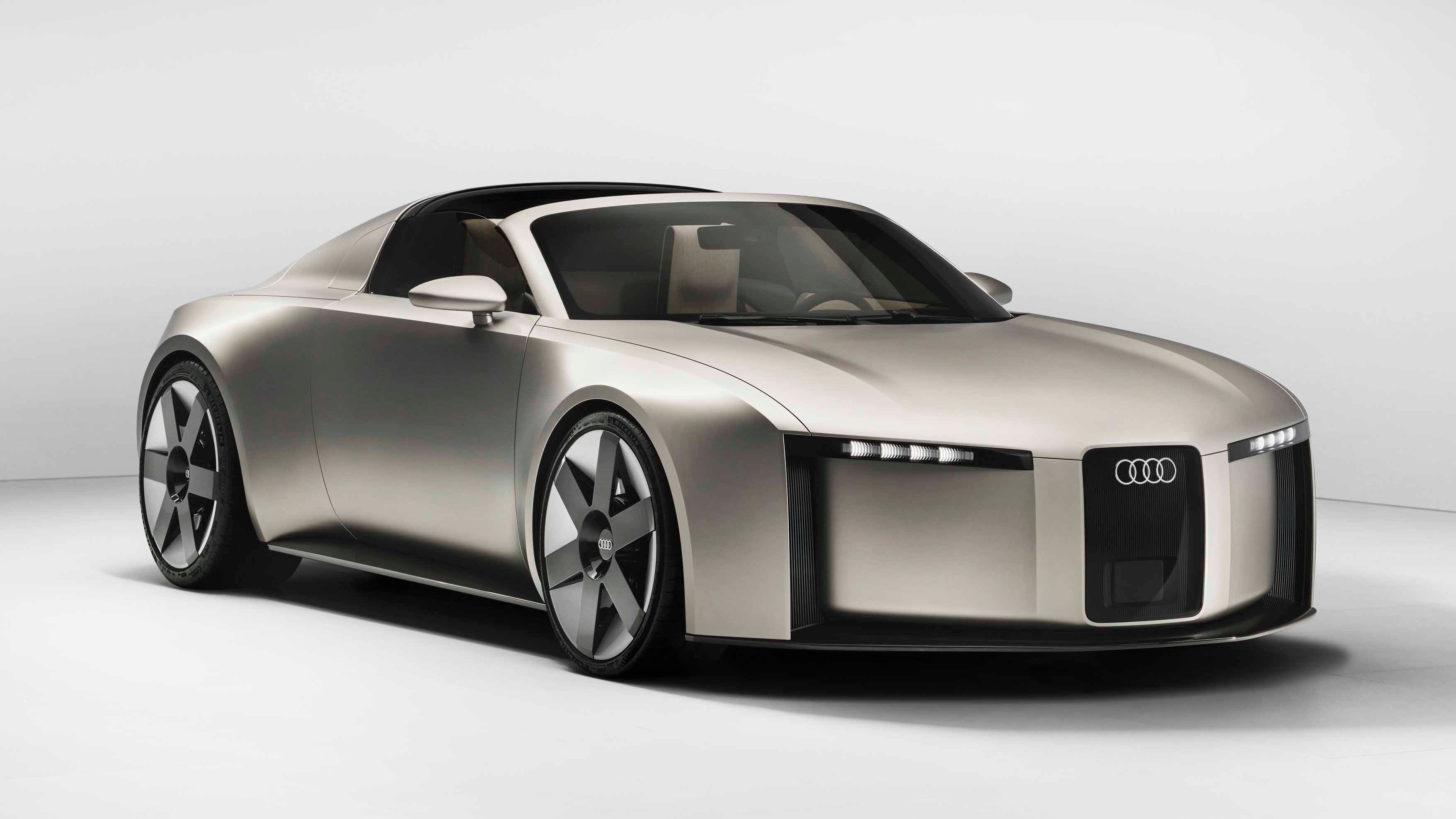Avec la démocratisation croissante des véhicules électriques (VE), l'infrastructure de recharge est devenue un élément crucial de leur adoption. Parmi les différents niveaux de recharge disponibles, la recharge rapide en courant continu (CC) publique, communément appelée recharge de niveau 3, est essentielle pour les déplacements longue distance et les conducteurs de VE à usage intensif. Cet article explique ce qu'est la recharge de niveau 3, son fonctionnement et ce que chaque conducteur de VE doit comprendre avant de se brancher.
Qu'est-ce que la recharge de niveau 3 ?
La recharge de niveau 3, ou recharge rapide CC, correspond à la vitesse de recharge la plus élevée actuellement disponible pour les véhicules électriques. Contrairement aux chargeurs de niveau 1 (120 V CA) et de niveau 2 (240 V CA) qui délivrent du courant alternatif (CA) et dépendent du chargeur embarqué du véhicule pour le convertir en courant continu (CC), les chargeurs de niveau 3 fournissent une alimentation CC haute tension directement à la batterie. Cela contourne le chargeur embarqué et accélère considérablement le processus de charge.
Caractéristiques principales :
-
Tension : Généralement 400 V–1 000 V CC
-
Puissance de sortie : Plage de 50 kW à 350 kW
-
Temps de charge : 10 à 45 minutes pour une charge de 10 à 80 %
-
Types de connecteurs : NACS (Tesla), CCS1 (Amérique du Nord), CHAdeMO (ancien Nissan)
Comment fonctionne la charge de niveau 3
Les batteries des véhicules électriques stockent et utilisent le courant continu. Les chargeurs de niveau 3 intègrent de puissants redresseurs et systèmes de contrôle qui convertissent le courant alternatif du réseau en courant continu et l'alimentent directement à la batterie du véhicule via un connecteur haute puissance. Cela élimine le processus de conversion alternatif-continu, plus lent, assuré par le chargeur embarqué.
Étapes de chargement :
-
Authentification : le conducteur appuie sur sa carte ou sur l'application pour démarrer la session
-
Poignée de main : Le chargeur et le VE communiquent pour négocier les paramètres de tension, de courant et de sécurité
-
Alimentation : le chargeur injecte rapidement du courant continu directement dans la batterie
-
Tapering : la charge ralentit de près de 80 % pour éviter la dégradation de la batterie
-
Fin de la session : l'utilisateur se déconnecte et la facturation est traitée

Avantages de la recharge de niveau 3
1. Vitesse
Les chargeurs de niveau 3 sont idéaux pour les conducteurs qui ont besoin de recharger rapidement leur véhicule lors de trajets ou d'horaires serrés. Par exemple, une Tesla Model Y peut récupérer plus de 320 km d'autonomie en moins de 30 minutes avec un chargeur de 250 kW.
2. Commodité
Les chargeurs rapides publics CC sont généralement présents dans les aires de repos des autoroutes, les centres urbains et les centres commerciaux, des endroits idéaux pour recharger pendant les courses ou les longs trajets.
3. Essentiel pour les flottes commerciales
Les flottes de véhicules électriques commerciaux tels que les fourgonnettes de livraison, les taxis et les covoiturages dépendent de chargeurs rapides CC pour minimiser les temps d'arrêt.
Limitations et considérations
Bien que la recharge de niveau 3 offre des avantages significatifs, elle comporte quelques réserves importantes.
1. Usure de la batterie
L'utilisation fréquente de la charge rapide CC peut accélérer la dégradation de la batterie au fil du temps. Les constructeurs automobiles recommandent souvent d'utiliser les chargeurs de niveau 3 avec parcimonie.
2. Coût
La recharge rapide en courant continu est généralement plus chère que la recharge à domicile de niveau 2. Les tarifs varient de 0,25 $ à 0,65 $ par kWh, selon le réseau, le lieu et l'heure de la journée.
3. Courbe de charge
La vitesse de charge n'est pas linéaire. La plupart des véhicules électriques se chargent rapidement jusqu'à 80 %, après quoi la vitesse diminue progressivement pour protéger la batterie.
Compatibilité et normes
Les conducteurs de véhicules électriques doivent savoir quel type de connecteur leur véhicule utilise :
| Type de connecteur | Véhicules courants | Notes |
|---|---|---|
| CCS1 | Ford, GM, BMW, Hyundai, Kia (avant 2025) | Largement adopté en Amérique du Nord |
| NACS (Tesla) | Tous les modèles Tesla, autres marques après 2025 | Devenir la norme américaine |
| CHAdeMO | Nissan LEAF (anciens modèles) | En cours d'élimination |
Note:
De nombreux véhicules électriques sont désormais équipés d'adaptateurs ou prennent en charge plusieurs types de connecteurs. Dès 2025, la plupart des constructeurs automobiles américains adopteront le NACS comme interface de recharge rapide CC standard.
Où trouver des chargeurs publics de niveau 3
Les infrastructures de recharge se développent rapidement. Parmi les principaux réseaux, on trouve :
-
Tesla Supercharger : plus de 25 000 prises en Amérique du Nord, élargissant l'accès aux véhicules non Tesla
-
Electrify America : plus de 800 stations sur les principales autoroutes et zones métropolitaines
-
EVgo : réseau rapide axé sur la ville, souvent intégré à des points de vente
-
ChargePoint : Un réseau mixte avec des stations DC et de niveau 2 dans tout le pays
Des applications comme PlugShare et A Better Route Planner (ABRP) facilitent la localisation des chargeurs rapides CC compatibles en fonction du modèle de votre véhicule.
Étiquette et conseils de facturation
-
Ne restez pas trop longtemps : déplacez votre véhicule une fois la charge terminée pour libérer la station
-
Surveiller la charge : utilisez des applications mobiles pour suivre la progression et éviter les frais inutiles
-
Vérifier l'état de la station : certains chargeurs peuvent être hors ligne ou en cours de maintenance
-
Soyez courtois : n'utilisez la charge rapide qu'en cas de nécessité, évitez de bloquer l'accès aux autres
L'avenir de la recharge de niveau 3
Grâce aux investissements gouvernementaux (comme le programme National Electric Vehicle Infrastructure (NEVI) de 5 milliards de dollars) , le nombre de sites de recharge de niveau 3 devrait tripler d’ici 2030. Des innovations telles que les chargeurs à batterie tampon, l’intégration véhicule-réseau et la recharge en mégawatts pour les véhicules lourds sont également à l’horizon.
Conclusion
Les bornes de recharge rapide CC de niveau 3 sont essentielles à la mobilité électrique moderne, notamment pour les trajets routiers, les conducteurs de véhicules électriques à kilométrage élevé et les flottes de véhicules. Bien qu'elles ne constituent pas une solution de recharge quotidienne pour la plupart des conducteurs, leur rapidité et leur praticité en font un élément essentiel de l'écosystème des véhicules électriques.
Comprendre comment fonctionne la charge rapide CC, quand l’utiliser et comment maximiser son efficacité vous permettra de prendre de meilleures décisions en tant que propriétaire de VE dans un monde de plus en plus électrifié.
Lecture recommandée : Rivian étend son réseau de recharge rapide et ouvre la plupart de ses stations à tous les véhicules électriques.








Partager:
Comment la charge intelligente et la maintenance proactive peuvent prolonger la durée de vie des batteries des véhicules électriques
Quelle est l'autonomie d'une IONIQ 5 avec une charge complète ?